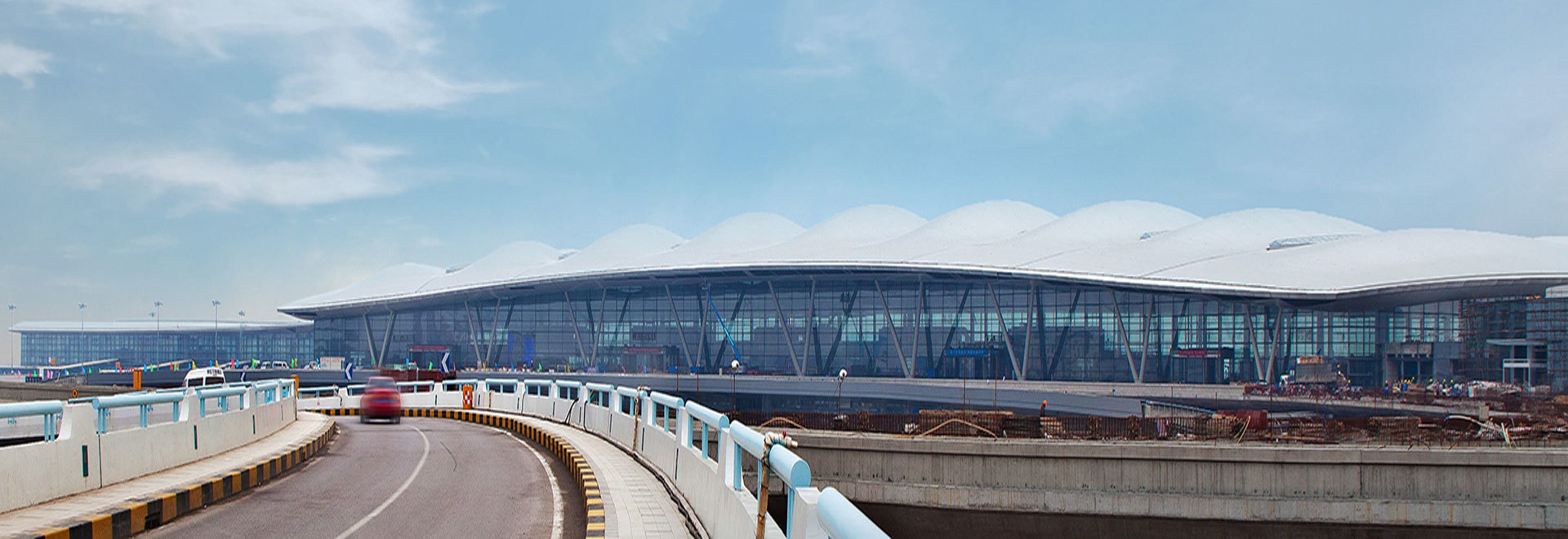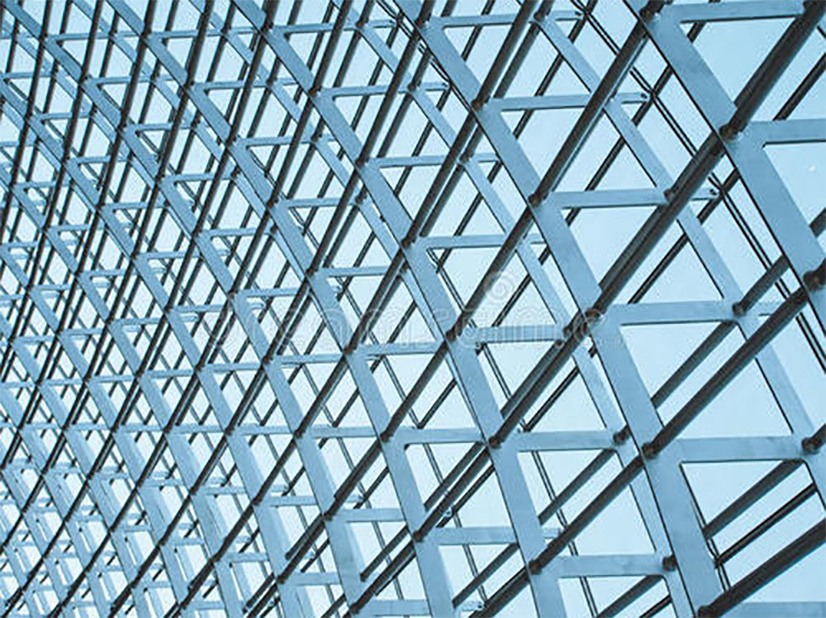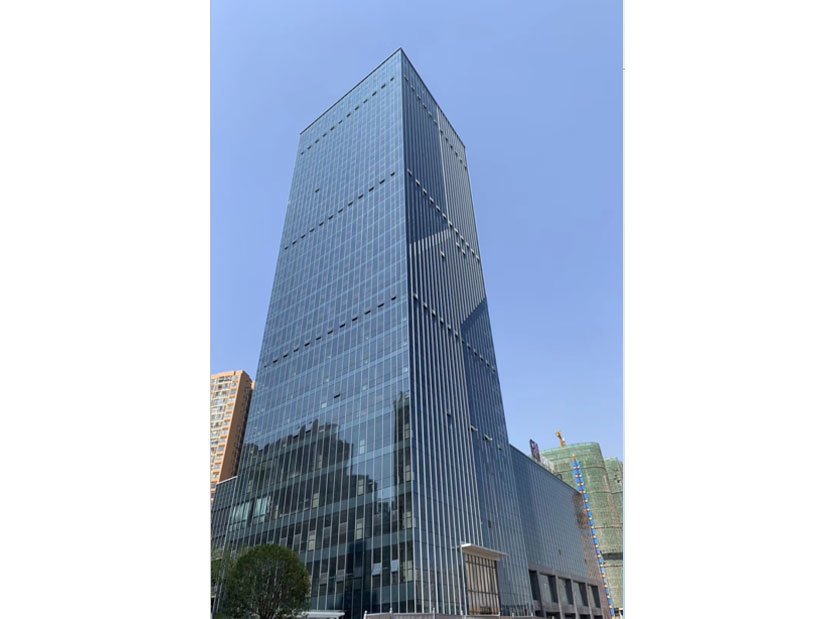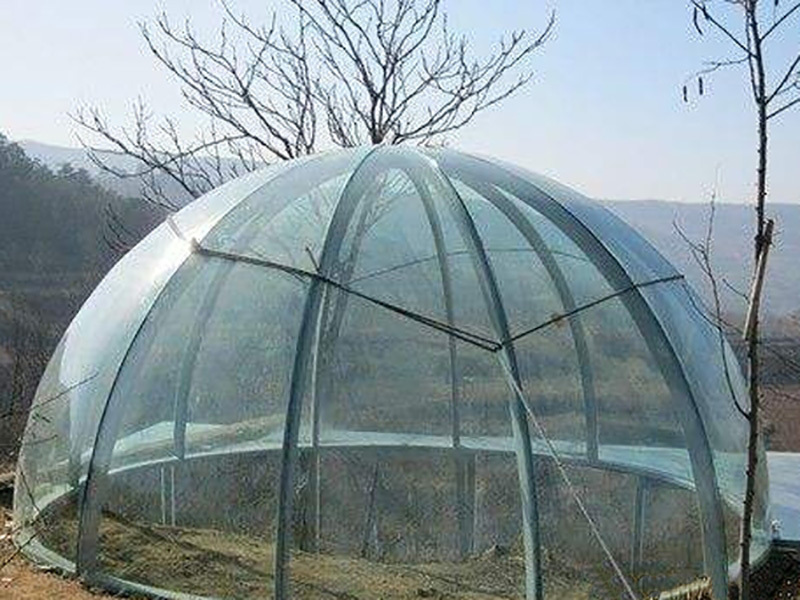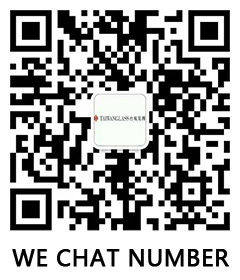Dichroic Glass
Regarding flat glass, the Taiwan market is stable in production and sales, and will continue to strengthen training of professionals, update automation technology and equipment, and focus on the sales of high-end building materials such as Low-E energy-saving glass and excellent white glass to increase the added value of products. With regard to the new material of micro-thin glass, the yield rate of 0.33mm thick glass has increased and it has been successively supplied to the mainland and American markets. At the same time, in response to the trend of lighter and thinner electronic protective covers and glass protective stickers, we actively develop products with thicknesses of 0.28mm and 0.25mm. Separate competition patterns and enhance product value and competitiveness.
Category:
Dichroic Glass
Keywords:
Color glazed glass / Digital printing glass / anti glare glass
Product Describe
Optical three primary colors and CIE Lab color model
There are three basic color light colors in optics: red (Red), green (Green) and blue (Blue). When these three kinds of light are mixed in the same proportion and reach a certain intensity, it appears white (white light); if the intensity of the three kinds of light is zero, it is black (dark).
Human eyes recognize colors based on the frequency of the light they see. Any combination of the three color lights is transformed into the CIE Lab color space coordinates as shown in the figure.
Lab mode is an international standard for color measurement established by the International Commission on Illumination (English: International Commission on Illumination, French: Commission Internationale de l´Eclairage, abbreviated as CIE in French) in 1931. The model was improved in 1976 and is a color model that is device-independent and based on physiological characteristics.
It does not rely on light or paint, and includes the color mode of all colors that the human eye can see. It uses a digital method to describe human visual perception. The L component in the Lab color space is used to represent the brightness of the pixel. The value range is [0,100], which means from pure black to pure white; a means the range from red to green, and the value range is [127,-128]; b represents the range from yellow to blue, and the value range is [127,-128].
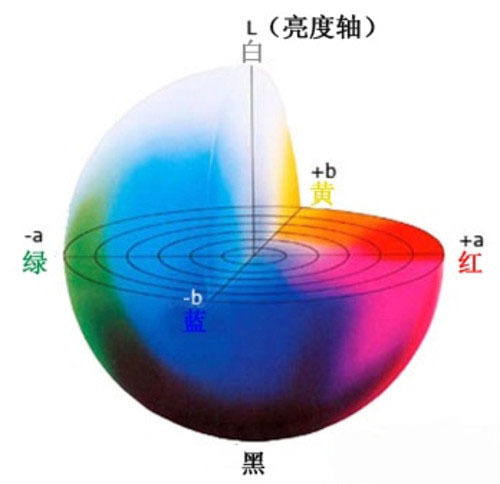
Why mention the CIE Lab color space? Because the color of the colorful glass can't jump out of this space anyway. Combining the three primary colors and Lab color space, we can get:
Conclusion 1: Green a- and red a+ are shaped like strange roads, blue b- and yellow b+ are also far apart.
Conclusion 2: It is difficult for a single color of colorful glass to show four colors no matter how the angle changes.
There are three common colorful colors on the market: orange, blue and green. Bright warm colors such as red, orange and yellow make people excited; cool colors such as green, green and purple make people quiet.
Bright orange, bright blue, bright green and other monochromatic colorful glass refer to the color of the colorful glass substrate (because the colorful tone can only be changed by the angle change, the color of the glass reflecting surface under a simple background is used as main color tone.). When the colorful glass is placed on a black background, the color presented is the color of its substrate, and if placed on a white background, the color presented is mainly its transparent color. The typical feature of colorful glass is that it has complied with the first conclusion, but it seems (note: it is used here) that it violates the first conclusion:
The base color of bright green, the perspective color must be red.
The base color of bright orange, the perspective color must be blue.
The base color of dazzling blue, the perspective color must be yellow.
What a perfect harmony and unity, the best interpretation of the perfect fusion of tones. . . . . .
|
Flashing Glass |
Y |
a |
b |
Reflected Color |
Through Color |
|
|
1# |
Glass Surface |
23.5 |
24.7 |
-16.5 |
Green |
Purple |
|
Coated Surface |
25.0 |
27.7 |
-15.3 |
|||
|
Through |
68.8 |
-16.8 |
10.6 |
|||
|
2# |
Glass Surface |
40.1 |
17.8 |
58.0 |
Blue |
Golden |
|
Coated Surface |
43.7 |
19.7 |
64.1 |
|||
|
Through |
50.7 |
-22.2 |
-29 |
|||
|
3# |
Glass Surface |
49.3 |
23.5 |
3.3 |
Green |
Pink |
|
Coated Surface |
54.8 |
26.6 |
3.8 |
|||
|
Through |
39.1 |
-40 |
-2.2 |
|||
The advantages of colorful glass
The colorful glass has impressive colorful effects (green-purple, orange-blue, blue-gold, etc.), combined with outstanding design, it can give the building unparalleled beauty and outstanding recognition.
Possesses a large area of remote tempering, flexible processing size, to meet customer needs to the greatest extent.
The color and tone of the coating surface and the glass surface are consistent, and it has the same dazzling effect whether indoor or outdoor.
Off-line coating colorful film has stable surface, high hardness, anti-scratch interlayer colorful, energy-saving, safe and sound insulation effect.
Application prospects of colorful glass
Colorful glass is a kind of glass with a magical color-changing effect. Under different light, different angles will transform into different colors, realize colorful landscape, and create high-end interior decoration and architectural appearance.
Whether museums, theaters, cinemas, shopping malls, bars, hotels, dance halls, or smart home, interior decoration, ceiling, partition design, etc.; colorful glass has superior versatility, fashion, elegance and beauty. It can be made into glass products such as tempered, laminated, and hollow glass, and is an ideal environmentally friendly building material. Designers can play freely in different design fields and use their own artistic inspiration to create a colorful world
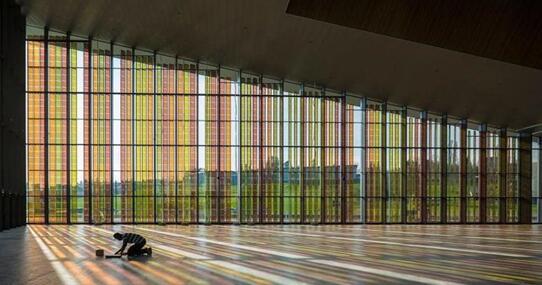
Swiss Technology Conference and Exhibition Center
Colorful glass, magical light and shadow, elegant and gorgeous.
Regarding flat glass, the Taiwan market is stable in production and sales, and will continue to strengthen training of professionals, update automation technology and equipment, and focus on the sales of high-end building materials such as Low-E energy-saving glass and excellent white glass to increase the added value of products. With regard to the new material of micro-thin glass, the yield rate of 0.33mm thick glass has increased and it has been successively supplied to the mainland and American markets. At the same time, in response to the trend of lighter and thinner electronic protective covers and glass protective stickers, we actively develop products with thicknesses of 0.28mm and 0.25mm. Separate competition patterns and enhance product value and competitiveness.
Welcome to your message for consultation


